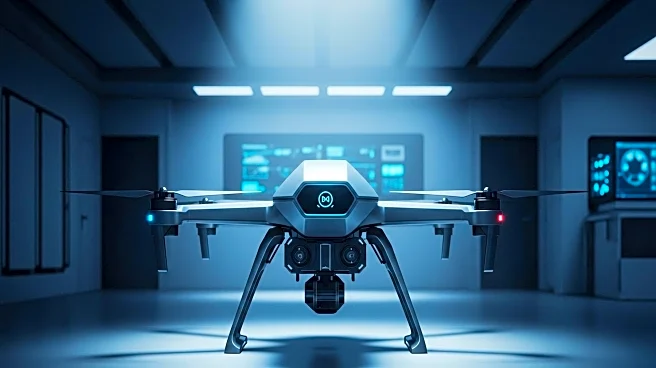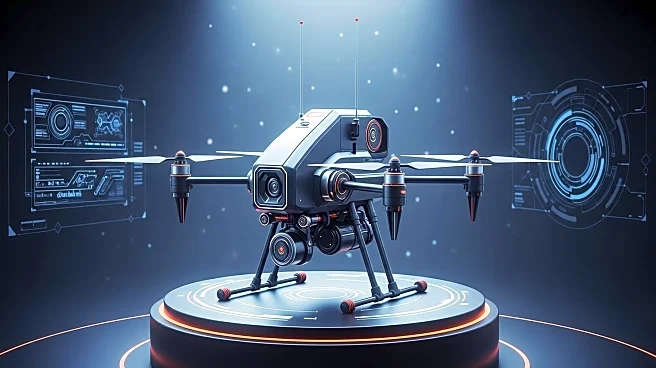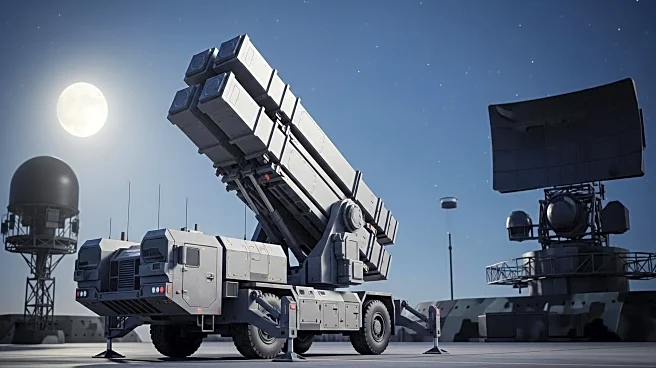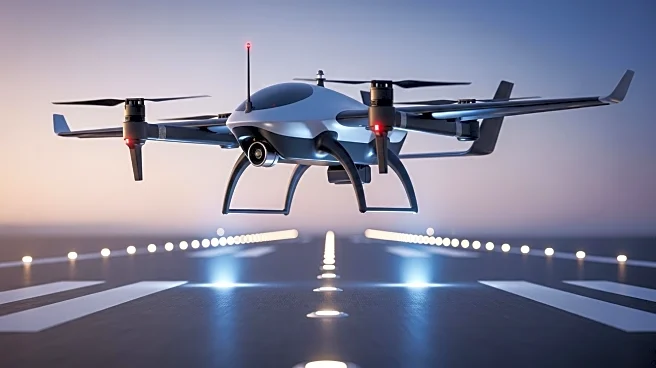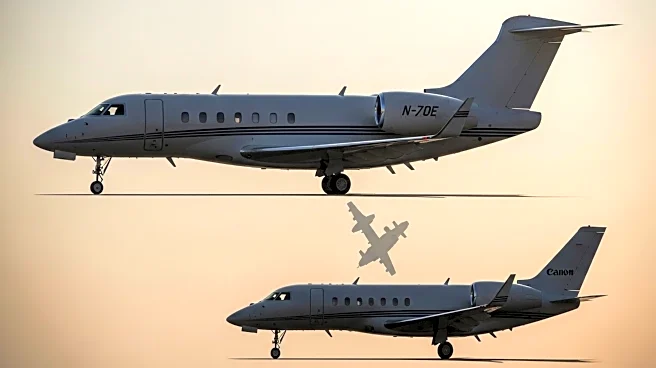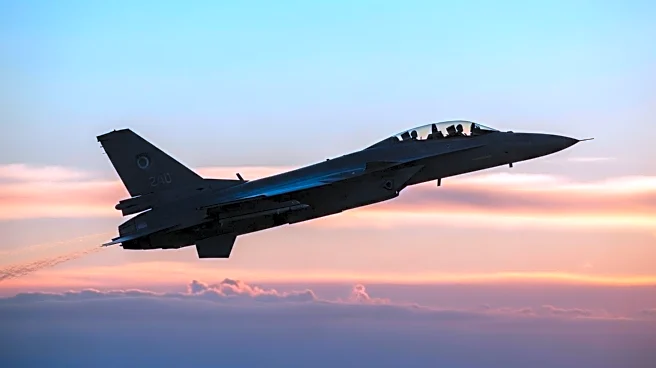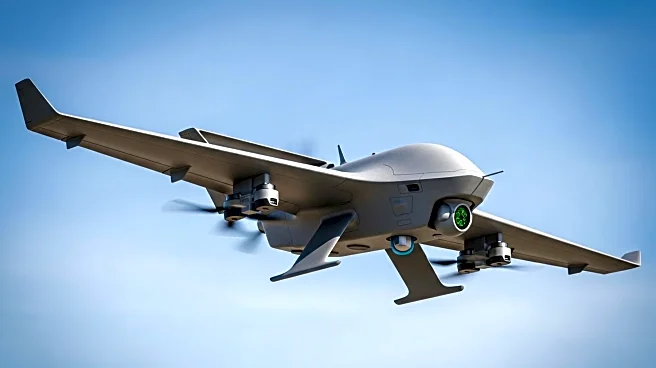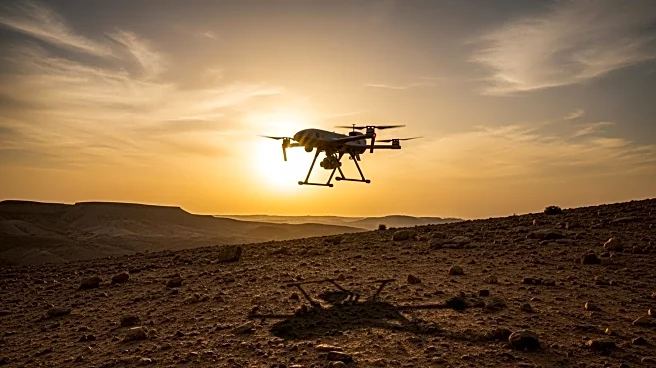What's Happening?
Saab has announced the development of a new counter-drone interceptor named Nimbrix, designed to provide a cost-effective solution to the growing threat posed by drones. The company is currently in discussions with several potential buyers and plans to begin deliveries next year. The Nimbrix system is intended to bridge the gap between traditional gun-based air defenses and more expensive missile systems. It is a compact missile, less than one meter in length and weighing under three kilograms, and is designed to be versatile in deployment, capable of being launched from crew-carried, tripod-mounted, vehicle, or ship platforms. Saab is also considering launching the system from uncrewed aircraft systems. The interceptor features a fire-and-forget system with an infrared seeker and proximity fuze, and Saab is exploring options to enhance its range and capabilities.
Why It's Important?
The introduction of the Nimbrix interceptor is significant as it addresses the increasing prevalence and sophistication of drone threats in military and civilian contexts. As drones become more accessible and capable, the need for effective countermeasures grows. Saab's approach aims to offer a scalable and cost-effective solution, potentially reducing the financial burden on defense budgets while maintaining operational effectiveness. This development could impact defense strategies globally, as countries seek to protect critical infrastructure and military assets from drone incursions. The ability to engage high-speed maneuvering drones at greater ranges than current directed energy systems could provide a tactical advantage in various scenarios.
What's Next?
Saab plans to continue refining the Nimbrix system, with potential enhancements such as a radiofrequency-based seeker for improved all-weather performance. The company is also considering local assembly options for buyers, which could facilitate wider distribution and deployment. As Saab begins formal market introductions, the response from potential customers and defense agencies will likely shape the future production and deployment strategies. The evolving nature of drone technology and countermeasures suggests ongoing innovation and adaptation will be necessary to stay ahead of threats.
Beyond the Headlines
The development of the Nimbrix system highlights broader trends in defense technology, where cost-effectiveness and adaptability are increasingly prioritized. The use of commercial off-the-shelf components to keep costs down reflects a shift towards more sustainable defense spending. Additionally, the focus on evolving the system at low cost suggests a long-term strategy to maintain relevance in a rapidly changing technological landscape. Ethical considerations regarding the proliferation of drone technology and countermeasures may also arise, as nations balance security needs with potential impacts on civilian sectors.
